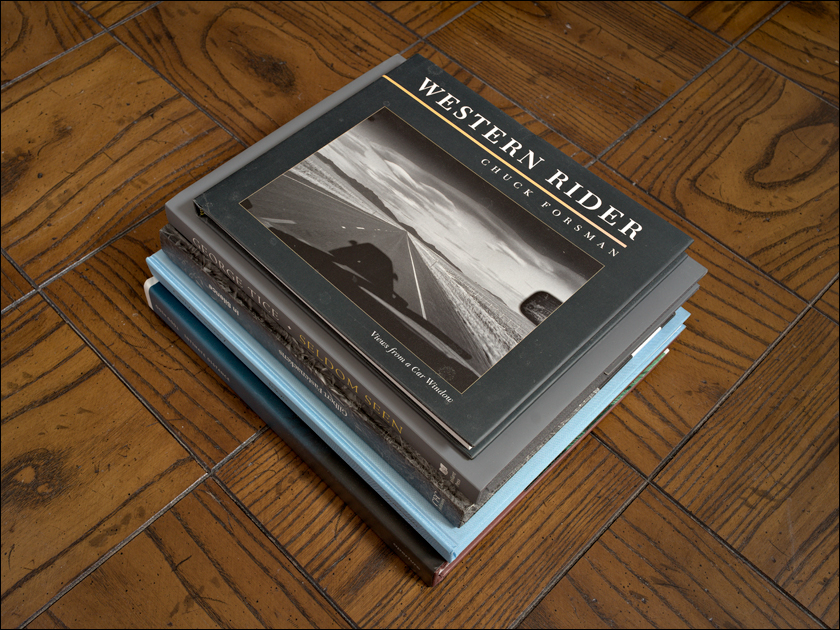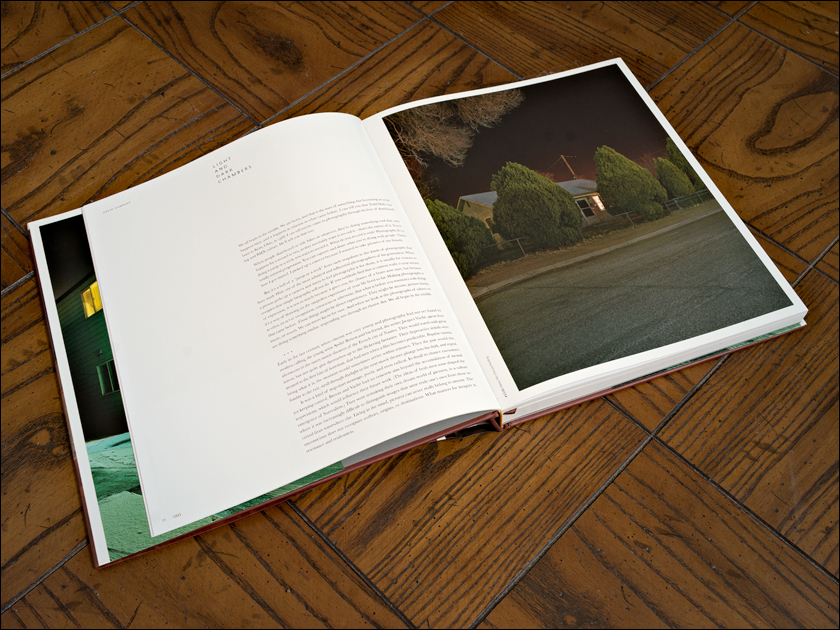I enjoy a fine photographic print as much as anyone but in all my years, I have only ever paid for one photo print — Jody Forster’s gorgeous print of the east wall of Shiprock — taken by another photographer. Sure, artists gave me a few prints over the years (including several from Jim) and I have traded prints with a handful of photographers whose paths I’ve crossed. I have also purchased a small number of platinum/palladium contact prints on eBay for no more than $25 each. I don’t count those because the prices I paid for them effectively round to zero.
Knowing all this, it probably will not shock you when I say that it’s my belief that, in today’s art market, individually produced photographic prints generally cost too much and deliver too little in terms of value. And I say that despite having sold more than 50 prints of my photos through several galleries over the years. Unfortunately, the math just doesn’t work for me. As much as I enjoy viewing and collecting the work of other photographers, which is a lot, the fact is that I am just not willing to pay the prices that most photographers ask for their prints. Which isn’t to suggest they’re not worth those prices, of course, only that they’re not worth those prices to me.
Fortunately, there is another way to view and collect the work of many photographers besides buying prints. It’s a better, more cost-effective way that is potentially even more artistically successful too. I believe that photography books (or ‘Photobooks’ as they’ve become known in some online photographic circles) are a better option than individual photographic prints and very much the way of the future. At least for serious photography, that is, because we all know the way of the future for general photography is to view photos as jpegs on a computer monitor or Smartphone screen and skip printing them on paper entirely.

In fact, I’m so convinced that I’m correct about this that I’ve voted with my wallet and purchased several hundred photobooks over the past decade, averaging roughly one book a week over the last few years that my finances allowed me to actively collect them. Mind you, it wasn’t always this way for me.
When I was just getting started with photography in the mid-70s and continuing through last decade, I didn’t pay much attention to photobooks, because I generally found the image quality reproduced there abysmal compared to a proper photographic print, made using wet chemicals in a dark room. This was especially true of the handful of books that contained color photos, which were then still a new medium in the fine-art photography world.
However, this started to change for me around the end of the last millennium, when my parents gave me a signed copy of Christopher Burkett’s Intimations of Paradise as a 40th birthday present. Burkett’s landscape photography was sublime, as was the photo quality reproduced in his book. Surely much of the credit for this belongs to Burkett himself: after all, he had worked for many years as a press operator before becoming a professional landscape photographer, during which time he surely learned a thing or two about how to reproduce photos well using the offset printing process. But regardless of where the magic in his photos originated, the results were visually stunning and very much a revelation to me. That’s because, until that moment, I didn’t know that photos printed in a photobook — and color ones, at that — could look so good!

Of course, by then, I already knew that photos printed using paper and ink instead of paper and gelatin could look great because I had made them myself at home from my medium, and large-format film transparencies for a few years. Between the prints I was making myself and those I had started buying buy off the shelf (in the form of photobooks), I quickly came to realize that photographic prints made digitally using paper and ink were the future … well, my future at any rate, where traditional prints were clearly doomed to become the past, and very quickly so at that.
More than 15 years have passed since my eyes were first opened and not surprisingly, what I believed true then is proving even truer today, as the two technologies (inkjet printing and book publishing) have moved-in together and are now happily cohabitating. While photobooks printed on a sheet-fed, offset press still have an edge over those printed on demand using a large-scale, high-volume, inkjet printer, the small differences between them matter only to those who have a very discerning eye or photographers who make their own prints and are picky about such things, such as Jim and me.
These days, the quality of a well-printed photobook is quite remarkable and their prices — even the expensive ones — are actually quite reasonable when you divide the cost of a book by the number of photos that in it. The typical $50 photobook has at least 50 photos (and often multiples of that) so the cost per photo is almost always a buck or less. And many (most?) photobooks can be purchased new for less than $50, which makes them even more of a bargain. At the other end of the scale, I have also purchased used photobooks for as little as 25 cents at garage sales and thrift stores, which makes the cost per image infinitesimally small. Tell me: When was the last time you saw an art gallery selling photographic prints for a buck apiece (or for that matter, even 50 bucks)?
The large number of photos contained in a typical photobook leads me to my next point, which is that most photobooks are projects, where the photographer presents many photos of and on a subject, then careful and thoughtful sequencing tells the viewer a story visually, or a visual story (which isn’t the same thing). When this is done well, the result is absolutely fascinating and far more so than is possible with just a single photo.
Although many photographers also use photobooks the way that musicians use “greatest hits” albums (i.e., collect their most successful/popular works from across their career into an easy to sell, easy to digest package) and there’s absolutely nothing wrong with that. The most successful books, artistically speaking if not also financially for the book’s publisher, are monographs that focus on a single topic. In my experience, there are very, very few single photos that are fully self-contained and able to tell a complete and compelling story without some added context, be it in the form of a written caption, an accompanying narrative text, or more supporting photos.
Collecting photobooks instead of individual prints has allowed me to broaden my photographic horizons and knowledge by a large margin, as well as affordably explore the work of emerging photographers and established photographers who are working in genres that are quite far afield from the type of photography I do myself. When they’re done well, photobooks are like mini-exhibitions. But instead of me having to go to a gallery across town or a museum across the country to see them, the mailman conveniently brings them to me! I mean, how great is that?!
If I have somehow managed to piqué your interest (it’s always possible, right?), but you don’t know where to start, might I suggest one or both of Jim’s photobooks? There’s a link to them somewhere on this page and as I own copies of both (bought with my money, in fact!), I can recommend them enthusiastically. Another source I use for new photobooks is the daily email I get from the Photo-Eye Gallery/Bookstore in Santa Fé. It features several photobooks each day. Better still, it offers a sample tour of most of the books featured, so it’s a quick and easy way to familiarize one’s self with both new and old photobooks. The sign-up page for it is here: http://www.photoeye.com/EmailNewsletter/index.cfm .
Happy hunting … JG
